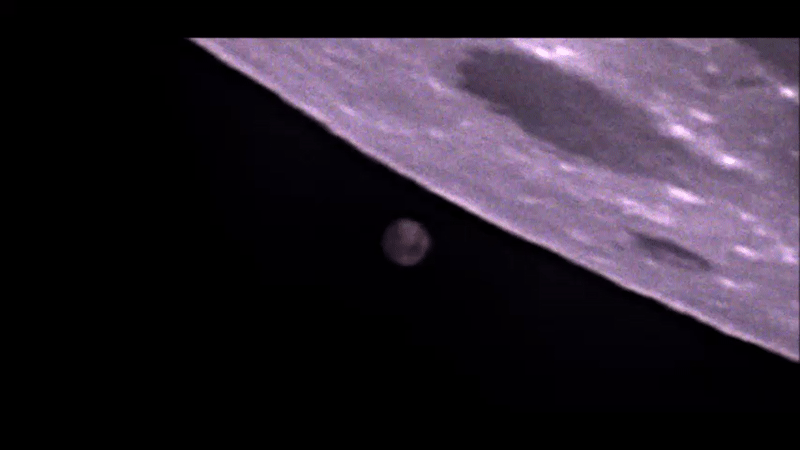XM-4 Drifting to the East
/Recently the XM-4 satellite began maneuvers to move from 115W over to 85W longitude. Now that the satellite is fully drifting I thought it would be interesting to photograph it in motion, previously the only motion I’ve seen on geostationary satellites are their normal station-keeping maneuvers. I got lucky that last night XM-4 was going to pass another nearby satellite to give a good frame of reference in addition to the background stars.
It’s not easy to catch a moving satellite, you have to check the most recent public orbital predictions. Celestrak is a website that keeps a log of Two-Line-Elements (TLE) for most objects in orbit to help determine where they are and where they’re moving. Using those TLEs with Stellarium astronomy software I was able to find exactly where in the sky XM-4 would be.
The sky was nice and clear but unfortunately it was an extremely windy night. I did my best to move all my backyard furniture around the telescope to hopefully block some wind, but there’s not much you can do to avoid it. At 10 second long exposures any vibration cased major issues with an exposure. The satellites are so dim that sometimes vibrations made them not show up at all.
A quick video made from raw images is hard to watch. The satellites bounced all over the frame as wind knocked the telescope around.
My first plan of action was to remove images that were essentially useless from vibrations. I wrote a piece of software to let me flip through all the images and decide which to keep and which to throw away. The software also allowed me to manually align frames, but I quickly realized that wasn’t going to be a reasonable thing to do with about 1400 individual images.
Next, I wanted to try and stabilize the video as much as I could. It’s amazing watching XM-4 move across the sky, but it bounces around so much from vibrations that it’s hard to watch. Incredibly, I was successful with a software package called Siril. I was able to load in all my images and tell it to align on a single star. In this case I used Eutelsat 113 West A as that satellite. If I didn’t have that stable frame of reference I wouldn’t have been able to do this at all. Out of the ~1400 images all but 10 aligned correctly. I could have aligned those manually, but instead I took the lazy way out and simply deleted them!
I then took the newly aligned images and did some color adjustments and cropping in darktable. Usually I annotate my images in darktable but after all these conversions the images no longer had EXIF data showing their time stamps. So once again I had to write my own software to add text to the images. Once that was done I threw all the final images into Windows Movie Maker to create the final animation.
I’m very proud of how stable this video came out considering how rough the initial photos were.
A satellite cuts through the shot from top to bottom early on, that is actually Morelos-3 (AKA MexSat-2). It also lives at this longitude but is highly inclined, meaning it travels north to south much more than normal satellites. We caught it as it transitioned through the equator. Other satellites are visible through the video but I wasn’t able to identify them, it’s possible they were simply space junk and old boosters.
I also like how this video looks sped up (4x), you can see XM-4’s motion much easier.
Catching a geostationary satellite drifting to a new location isn’t overly rare if you know how to check the TLEs, but I’m happy I was able to catch a SiriusXM satellite that I’ve personally worked on. Everything in space is fun, but it’s a little more special when it’s something you’ve had a hand in making work.






